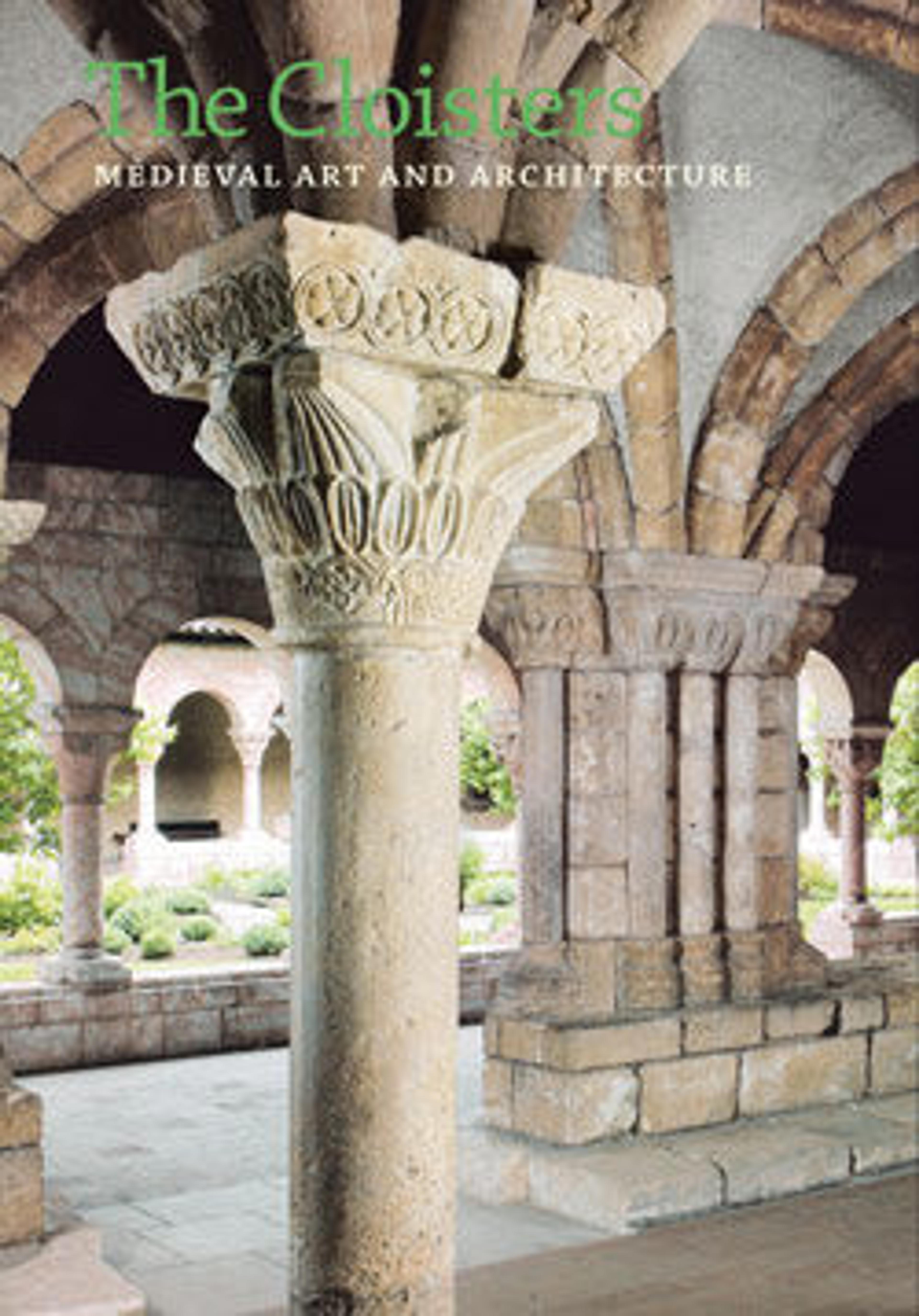The Virgin and Child in Majesty and the Adoration of the Magi
In this fresco, the Magi approach the Virgin and Child, not in a manger but enthroned in majesty and in the company of archangels. Mounted in the apse from Fuentidueña, this fresco originally came from a different site, the apse of the church of the Virgin near Tredòs, nestled in the Pyrenees, near the border between Spain and France. Despite its remote location, the church occupies a strategic position in the mountains, at the head of the Garonne River. In the twelfth century, it was controlled by the Knights Templar, then a wealthy military order dedicated to the protection of the Holy Land and to the Christian reconquest of Spain. The church is one of several in Catalonia where the same accomplished artist worked. The church of the Virgin was sacked in 1936, during the Spanish Civil War. Subsequently, its frescoes were acquired by museums and private collectors, while other objects from the church disappeared entirely.
Artwork Details
- Title:The Virgin and Child in Majesty and the Adoration of the Magi
- Artist:Attributed to the Master of Pedret (Spanish, Catalonia, 12th century)
- Date:ca. 1100
- Geography:Made in Lleida, Catalonia, Spain
- Culture:Catalan
- Medium:Fresco transferred to canvas
- Dimensions:Overall (a-c): 127 x 233 1/4 in. (322.6 x 592.5 cm)
Overall (d): 36 1/2 x 17 3/4 in. (92.7 x 45.1 cm)
Overall (e): 33 1/4 x 18 1/2 in. (84.5 x 47 cm)
Overall (f): 43 x 17 in. (109.2 x 43.2 cm)
Overall (g): 57 1/4 x 18 3/4 in. (145.4 x 47.6 cm)
Overall (h): 46 3/4 x 20 1/4 in. (118.7 x 51.4 cm)
Overall (i): 53 x 20 1/4 in. (134.6 x 51.4 cm)
Overall (j): 42 x 20 in. (106.7 x 50.8 cm)
Overall (k): 44 x 17 1/4 in. (111.8 x 43.8 cm)
Overall (l): 45 1/4 x 14 in. (114.9 x 35.6 cm) - Classification:Paintings-Fresco
- Credit Line:The Cloisters Collection, 1950
- Object Number:50.180a-l
- Curatorial Department: Medieval Art and The Cloisters
More Artwork
Research Resources
The Met provides unparalleled resources for research and welcomes an international community of students and scholars. The Met's Open Access API is where creators and researchers can connect to the The Met collection. Open Access data and public domain images are available for unrestricted commercial and noncommercial use without permission or fee.
To request images under copyright and other restrictions, please use this Image Request form.
Feedback
We continue to research and examine historical and cultural context for objects in The Met collection. If you have comments or questions about this object record, please contact us using the form below. The Museum looks forward to receiving your comments.
